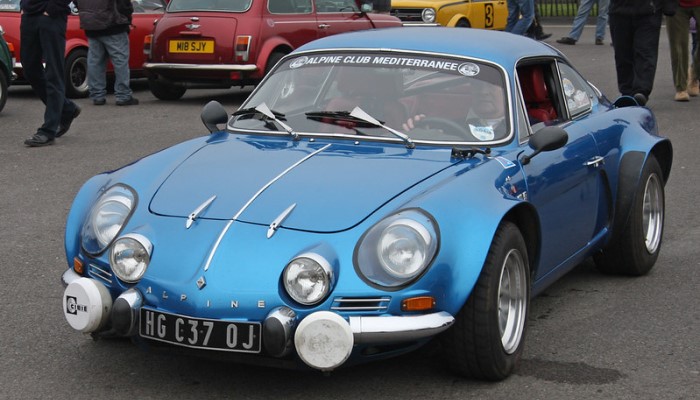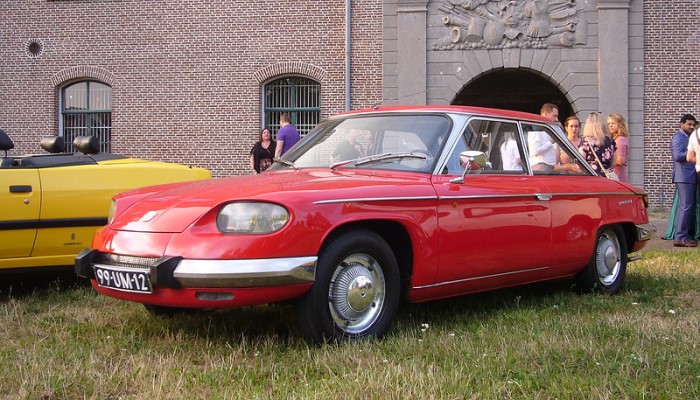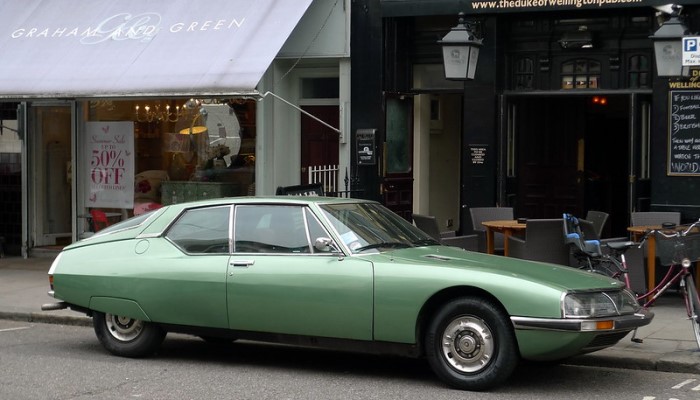Matra-Simca Bagheera
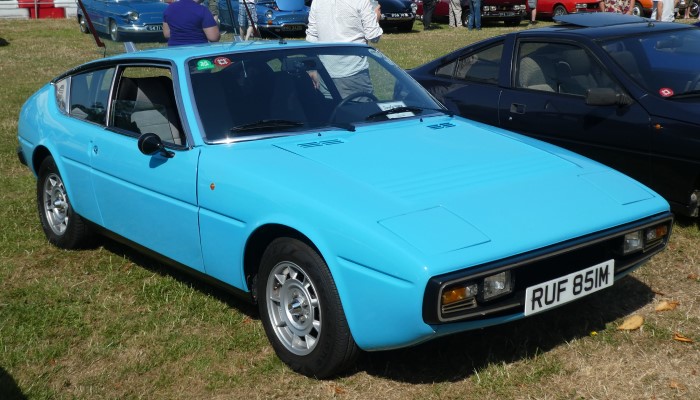
Photo: Matra-Simca Bagheera (1973)" by andreboeni
No Money for the Pantera... Buy the Bagheera!
French sports cars are not exactly a common sight. The specific conditions of France did not allow sports cars to flourish as in Italy or Britain. This makes each representative of this type, such as the Matra-Simca Bagheera, even more valuable.
One of the main manufacturers of sports cars in France was the Matra, a major industrial conglomerate. The conglomerate stood out with a whole galaxy of interesting sports cars. In the 1970s, Matra's main brainchild was the Bagheera sports car, which was produced in collaboration with Simca.
The Matra-Simca Bagheera is a representative of the trend of low-budget sports cars that was fashionable in the 1970s. The market offer of such cars at the time was quite large.
Introduction
The Bagheera was introduced in 1973, and the design of the sports car was created by designer Antonis Volanis. The name for the car was taken from Kipling's famous work, The Jungle Book (we all know who Mowgli is).
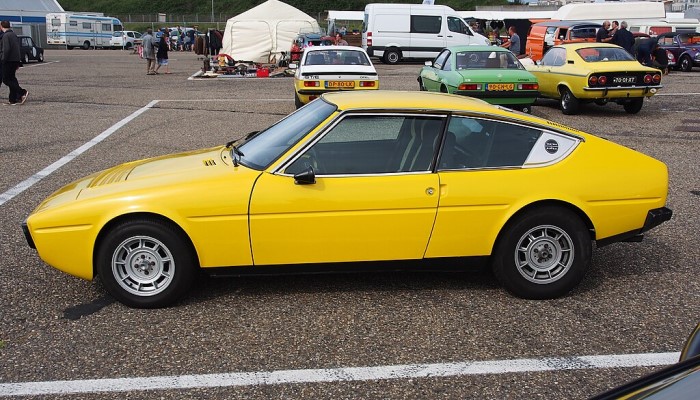
Bagheera is a panther in the book, so the name is reminiscent of the De Tomaso Pantera, a high-class car that appeared two years earlier. No money for the Pantera, buy the Bagheera!
Engine Specifications and Performance
The Simca 1100 generously shared its engine and suspension components with the Bagheera. Of particular note is the engine derived from Simca, the so-called Simca Poissy engine. Four cylinders, 1,294 cc (79 ci), 83 hp. The gearbox is four-speed, valve drive by pushrods...
Engine Specs
| Engine Type | Inline 4 |
| Layout | Mid engine, RWD |
| Displacement | 79 ci (1,294 cc) |
| Power | 83 hp |
| Power/Weight | 86 hp / Tone |
Performance
| 0-100 kph (0-62 mph) | 12,2 s |
| 0-160 kph (0-100 mph) | 41,9 s |
| Top Speed | 116 mph (187 kph) |
It is not that this design is archaic for sports cars of the seventies, but it is also difficult to call it acceptable, given the small working volume. As a result, the Bagheera was extremely noisy, which was a serious drawback given the mid-engine layout.
In 1975, the company added a 1,442 cc (88 ci) version of this engine with 90 hp to its range. Let's face it, the Italians used more advanced solutions in their sports cars.
Matra's Experience in F1
But when designing the Bagheera body, all of Matra's experience gained from creating Formula 1 cars and other racing equipment was applied. The bottom of the hull was made of steel, while the body was made of polyester.
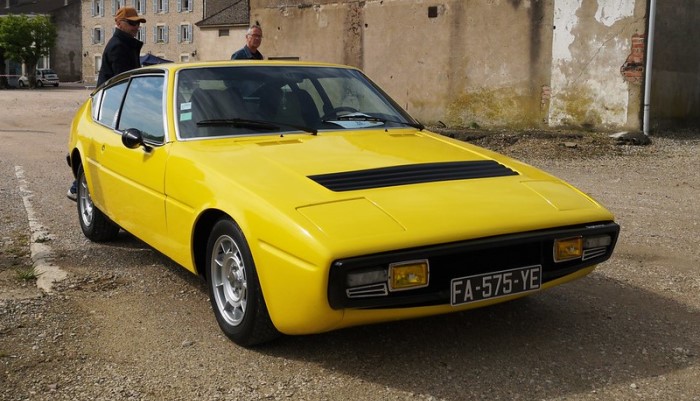
This allowed them to achieve a low weight of 895 kg. Since Bagheera's engine was not particularly powerful, this was very important.
The Strange Fate of Bagheera
The fate of the Matra-Simca Bagheera was very strange. In 1976, the car underwent a slight restyling, in 1978 the dashboard design was changed, and in 1979 the car received simpler handles. But that's not what is really interesting...
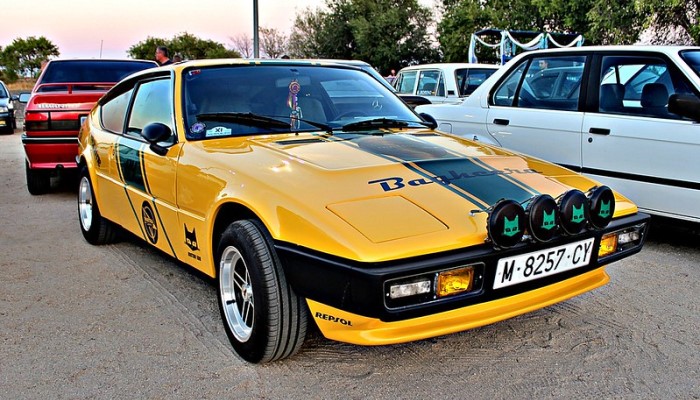
The Bagheera, during its life, from 1973 to 1980, was never known for its quality. In 1975, this sports car received a silver lemon from the ADAC, which was a sign of very poor quality. The chassis of the car was quite poor; the body was plastic...
But neither the poor quality of the chassis nor the noisy engine scared off buyers. A total of 47,802 Bagheeras were produced. This is a very decent number for a sports car of the seventies, considering that the competition in this segment was very fierce. It proves that beautiful packaging and smart marketing can work wonders.
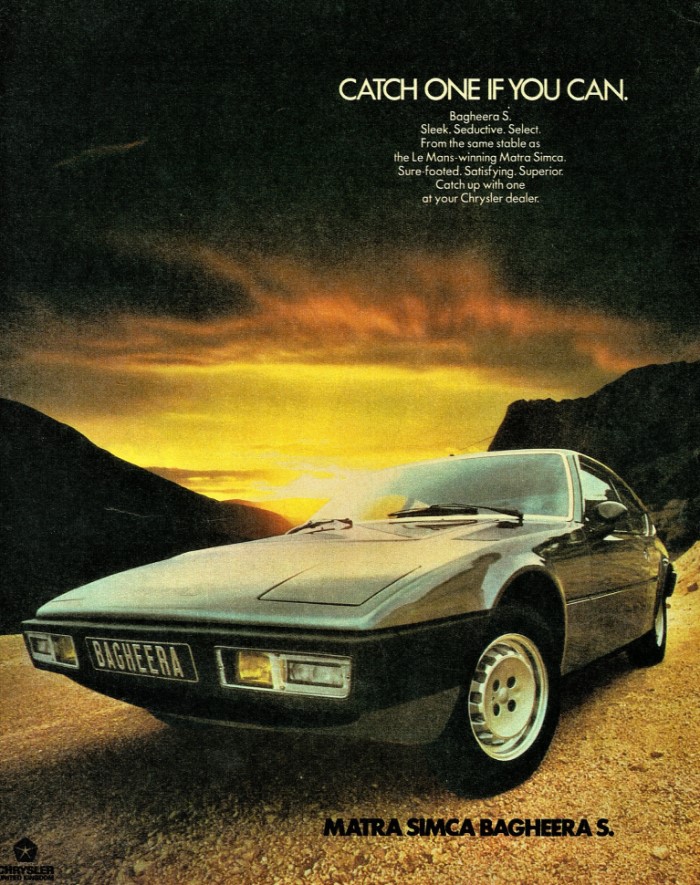
Photo: 1977 Matra Simca Bagheera S" by aldenjewell
Towards the end of Bagheera production, the Matra-Simca alliance fell apart, and the last sports cars were produced under the Talbot-Matra brand.
Bagheera in Today's Market and Price Range
This three-door coupe from the 1970s is a testament to a time when car designers dared to be different, a time before safety regulations strangled the fun out of everything. Think of it as a French cousin to the Lamborghini Countach, only considerably more… affordable (relatively speaking).
The Bagheera’s design is its greatest asset and its biggest liability. That distinctive wedge shape, those dramatic curves… it’s unforgettable. It’s the kind of car that either makes you say, "Wow, that's amazing!" or "What in the world is that?" There’s no in-between.
Finding one today is a treasure hunt, a quest for automotive exotica. And when you do find one, be prepared for a project. These aren’t exactly known for their mechanical reliability. Think of it as a demanding feline companion— beautiful but high-maintenance.
Parts can be difficult to source, and even basic repairs can become unexpectedly complex adventures. But that's half the fun, right? Or maybe that's just what I tell myself.
Price Range: We're talking about $1,000 to $20,000. I wouldn't bet on prices going up much either. It's more of a labor of love than a smart investment.
Project Car: $100 - $1,000
Driver's Condition: $1,000 - $5,000
Concours Condition: $5,000+
FAQs:
Are they reliable? No. Not particularly.
Are parts easy to find? No. Not really.
Should I buy one? Only if you enjoy a challenge, appreciate quirky cars, and have a healthy dose of mechanical aptitude (or a very good mechanic).
What's the best colour? Subjective, but the original yellow is pretty iconic.
So, if you're looking for something truly unique and memorable, this might just be the "purrfect" car for you. Just make sure you have a good mechanic on speed dial.

Unique Car Zone Team
A group of several fans of everything that moves on four wheels, a few article creators, a couple of marketing strategists, designers, web developers, and lots of coffee.




